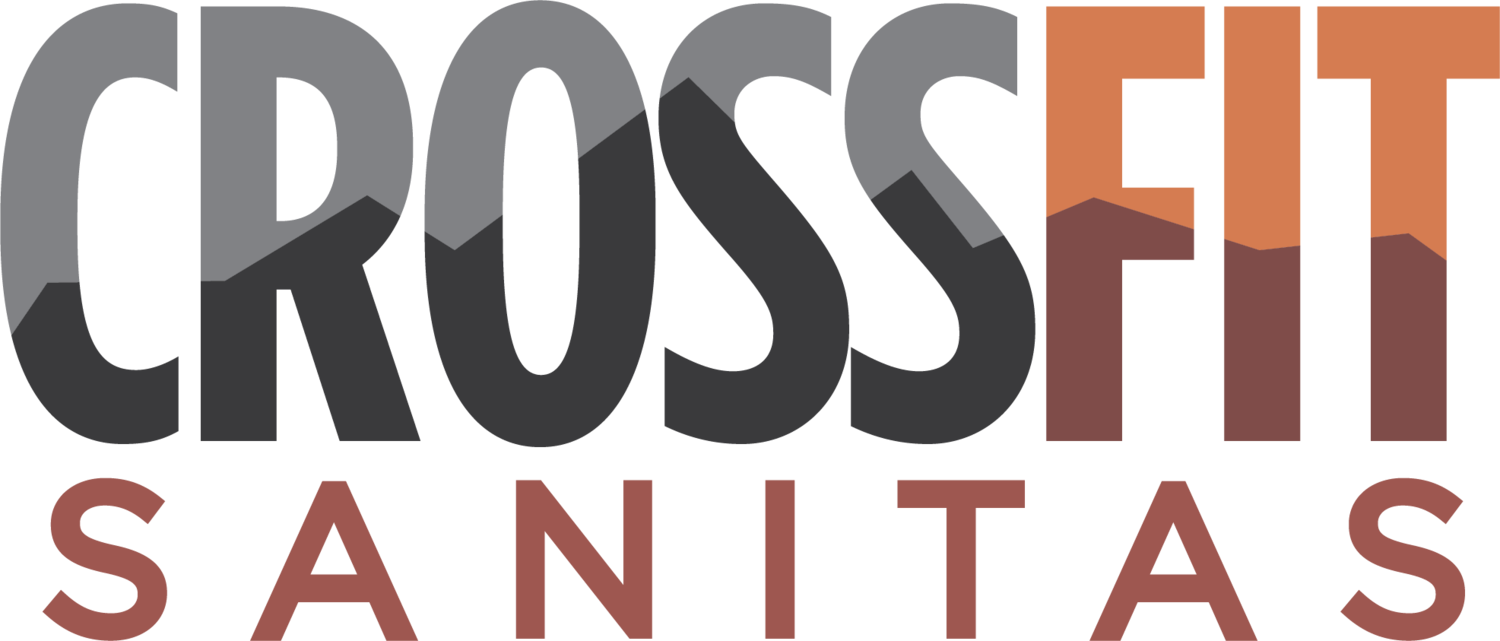Understanding the Spiderweb within Us, aka The Fascia
"Fascia is your soft tissue skeleton" — Andry Vleeming
The fascia, most often overly simplified to be described as our connective tissue, is a continuous structure throughout our body. Think of a spiderweb. The structure of a spiderweb is 3-dimensional. The web matrix is both around the outside, as well as weaving through the inside. If you pull on a spiderweb, the entire structure of the web shifts.
You can visualize the fascia similarly to a spiderweb. When you experience foot pain from a long day of box jumps, this foot pain will impact your entire structure. To what degree this impact will have on your structure is a longer story that I'll cover in a future post. For now, my intention instead is to help you better understand the fascia on a foundational level.
What does Fascia do?
The fascia is what gives muscles the ability to glide & slide on top of each other allowing us to experience fluid, graceful movement. It is also what gives us our overall structural integrity, holding our organs in place & giving muscles their shape.
The fascia is made up of the extracellular matrix & cells, mainly fibroblasts. Here is a simple breakdown of the constituents of the fascia & their roles.
What does this mean to you?
For now, let’s focus on the role of the fibroblasts. When tension outside the cell is low, they produce less collagen. When tension is high, they produce more collagen.
Collagen is the protein in your body that is responsible for creating structure & support. For ideal movement & ease in your body, you want to have a proper balance. CrossFit is an amazing way to get a variety of movements that help to maintain structural integrity — but if you are only doing CrossFit & then sitting all day at your desk at work, you are doing your body a disservice. This will result in over-rigidity (excessive collagen production via the fibroblasts).
How can you improve this balance?
It is essential to blend into your routine movements & therapeutic modalities that focus on restoring fluidity. Examples of this include Jake’s mobility class, the free yin yoga at The Little Yoga Studio, Qi Gong, bodywork, or even, simply adding 15-minutes to your morning routine to add in some subtle organic body movements with breath work. Allowing space each day for more gentle movement, can help to release excess tension from your overall system, allowing you to increase your athletic performance & range-of-motion (as you will be helping to counteract the negative excess collagen production).
Information for the above diagram is from David Lesondak’s book Fascia: What it is and why it matters.
Fascia is one of my favorite things to talk about so feel free to ask me if you have any lingering questions or simply want to chat about this spiderweb within us.

